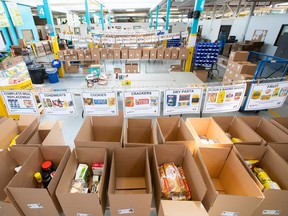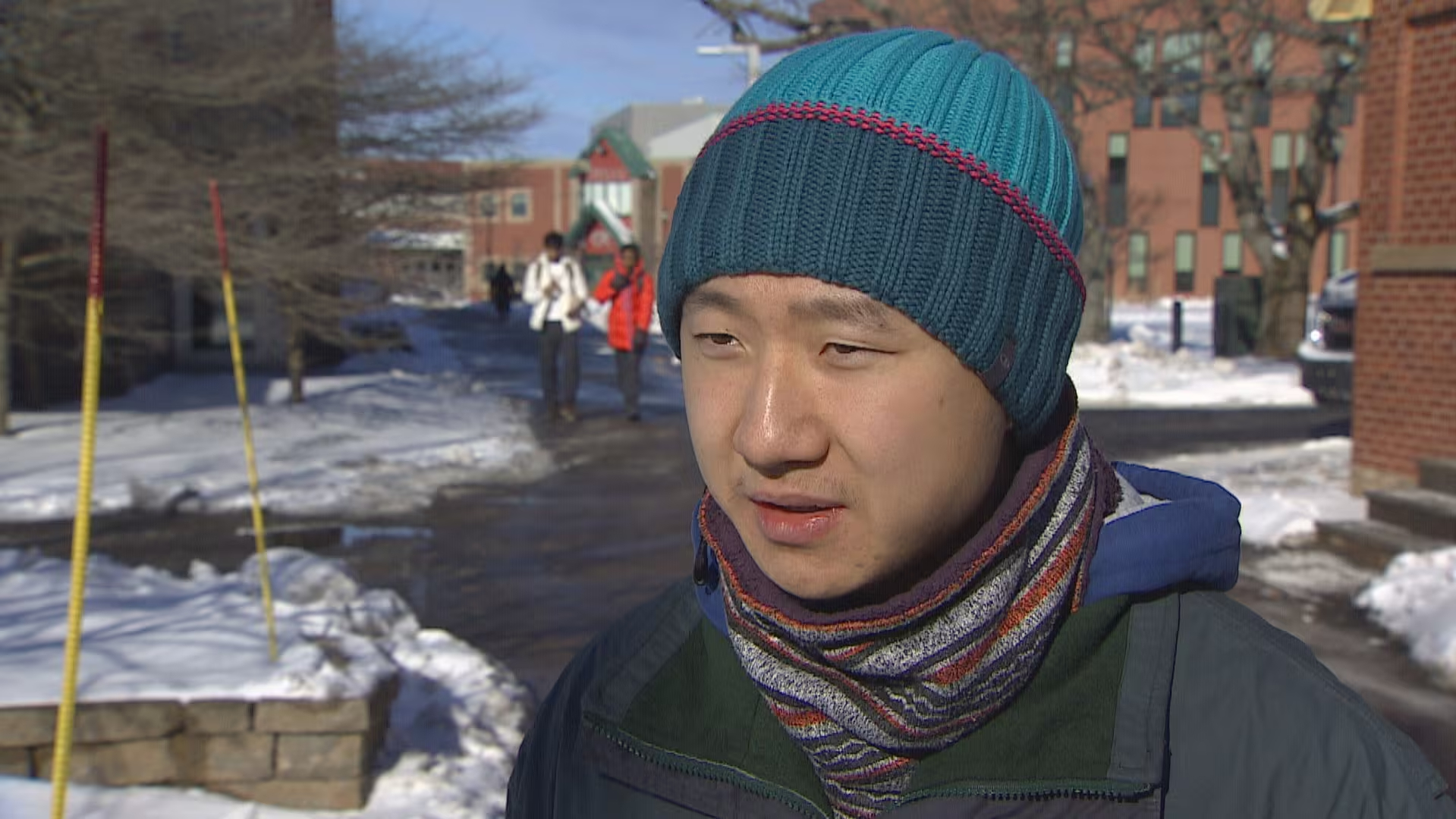In September, another study by the Daily Bread Food Bank found that the number of international students in Canada had more than doubled in the last decade, from 300,000 in 2013 to 800,000 this year. It also found that federal government guidelines stipulate that students must have $10,000 a year ($833 a month) to cover living expenses, but noted that the average student was spending almost twice that amount after tuition.
The government website does not stipulate what the $10,000 is meant to cover, only that it is in addition to tuition fees. Also, the figure has not changed since at least 2015, despite recent periods of high inflation.
Some food banks have also blamed misconceptions about how they operate for part of the rise in use by international students. A food bank in London recently told the CBC that the number of clients “began to mushroom” at the start of the school year, with many of the new users being students from nearby Fanshawe College.
“Our staff said they’re coming in such huge numbers and that we’re going to have to do something about it,” the food bank’s co-executive director Glen Pearson told the broadcaster. “It caused some concern as to whether or not we would have enough supply.” The college subsequently sent an email to students explaining that food banks are for those in need, and not just a free-food depot.
A food bank in Brampton, on the outskirts of Toronto, made an even more draconian move recently, posting a sign telling international students that they could not apply for relief there.
“We’re at a point where we need some intervention here on the food banks not being inundated and overwhelmed with people coming to the doors and interfering with the service for those that need help,” the organization’s board president, Catherine Rivera, told the National Post. “We’re entering our busiest season, Christmas, when our numbers practically double, just because the pressures on some families become greater this time of year.”
The new report notes that individual food bank visits rose by almost one million from 2022. In that year, total visits numbered more than 1.5 million for the first time in the history of the survey. In 2023, it broke 2.5 million visits. Annual visits had remained largely flat from 2010 to 2020 at a little less than a million, but are now trending significantly higher each year.
“Food insecurity has become embedded in our communities,” says the report’s foreword by Neil Hetherington and Ryan Noble, heads of the Daily Bread and North York Harvest food banks, respectively. “We cannot continue along the same path.”
They note that the report only covers usage from April 2022 to the end of March 2023. “If food bank usage rates continue, we anticipate that we will exceed three million visits by the end of 2023,” they write, adding that if one in 10 Torontonians were displaced by flooding, hospitalized with a new infectious disease or trapped without power by an ice storm, there would be calls for action.
The report was created through surveys of 79 food banks across Toronto, as well as more than 1,300 food bank client surveys, and 10 in-depth interviews with food bank users.
It found that 55 per cent of respondents had missed a meal to pay for something else such as rent, while 31 per cent said they had gone an entire day without eating. It noted that the median amount food bank clients have left after paying rent and utilities was just $6.67 per day, down from $8.01 in the previous year’s survey.
The Daily Bread Who’s Hungry report calls for a number of changes by all levels of government. At the federal level, it recommends changes to such programs as the Canada Disability Benefit, Canada Child Benefit and Canada Housing Benefit to provide more money to more people.
For the province, it suggests an increase in the minimum wage and and the Ontario Works social assistance program, as well as more affordable housing. Municipal recommendations include more transit discounts for low-income households, more affordable housing preservation, and better eviction prevention.
The report also includes case studies such as Marigold, a Toronto woman caught in a cycle of poverty and disability, and having to choose between paying for medical expenses, internet, rent and food.
“Before I used to borrow money from those lending places like Money Mart and those places,” she said. “I just wind up getting into a lot of trouble. It was just really bad. Because once you pay them, there’s nothing left … I owed them money each month and then I had to go back and get more money. It was just horrible.”
She said the food bank was an option of last resort, and one that took an emotional toll.
“I was just getting really sick. I had nothing nutritious,” she said. “So I finally went to the food bank, and it wasn’t too bad, but I cried. I’m standing there in the line, and I’m crying.”
Link: https://nationalpost.com/news/canada-food-insecurity-immigration?fbclid=IwAR2WMGRiJc5vB9g1Hg1JqeMqE4VI_0W3f7gwBlTxSFiNZBkboZlXn08fb88





